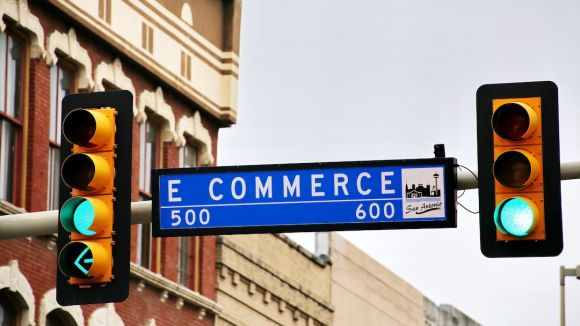The rise of e-commerce has revolutionized the way consumers shop, and traditional brick-and-mortar retailers are feeling the impact. With the convenience of online shopping and the vast array of products available at the click of a button, it’s no wonder that e-commerce continues to disrupt the retail industry.
Changing Consumer Behavior
One of the key factors driving the growth of e-commerce is the changing behavior of consumers. Gone are the days when people would spend hours browsing through stores to find the perfect item. Today, consumers want convenience and instant gratification. They want to be able to shop from the comfort of their own homes, at any time of the day or night.
The convenience factor of e-commerce cannot be underestimated. With online shopping, consumers can browse through thousands of products, compare prices, and read reviews without ever leaving their homes. This has made it easier than ever for consumers to find the best deals and make informed purchasing decisions.
The Rise of Online Marketplaces
Another factor contributing to the disruption of traditional retailers is the rise of online marketplaces. These platforms, such as Amazon and Alibaba, have become go-to destinations for consumers looking for a wide range of products at competitive prices. With their vast product selections, fast shipping options, and reliable customer service, online marketplaces have become a one-stop shop for many consumers.
Online marketplaces also offer a level of convenience that traditional retailers struggle to match. With the ability to shop for groceries, electronics, clothing, and more all in one place, consumers can save time and effort by shopping online. This convenience factor has been a major driver of the growth of e-commerce and the decline of brick-and-mortar retailers.
The Digital Transformation
In addition to changing consumer behavior and the rise of online marketplaces, the digital transformation of the retail industry has also played a significant role in disrupting traditional retailers. Retailers that have embraced digital technologies have been able to enhance the customer experience and stay ahead of the competition.
For example, many retailers have implemented mobile apps and online platforms that allow customers to easily browse and purchase products. These digital tools not only make it easier for consumers to shop, but they also provide retailers with valuable data about their customers’ preferences and shopping habits. This data can be used to personalize the shopping experience and improve customer satisfaction.
The Impact on Traditional Retailers
As e-commerce continues to gain momentum, traditional brick-and-mortar retailers are feeling the impact. Many retailers have been forced to close stores or file for bankruptcy as they struggle to compete with the convenience and lower prices offered by online retailers.
However, it’s not all doom and gloom for traditional retailers. There are still opportunities for brick-and-mortar stores to thrive in the digital age. By embracing digital technologies and creating a seamless omnichannel experience, retailers can meet the changing demands of consumers and differentiate themselves from online competitors.
Conclusion
In conclusion, e-commerce continues to disrupt traditional brick-and-mortar retailers as consumers increasingly turn to online shopping for convenience and a wide range of products. The rise of online marketplaces and the digital transformation of the retail industry have further accelerated this disruption. However, traditional retailers can still succeed by embracing digital technologies and creating a seamless omnichannel experience. It’s clear that the retail industry is undergoing a significant transformation, and those who adapt and innovate are the ones who will thrive in the new digital era.





